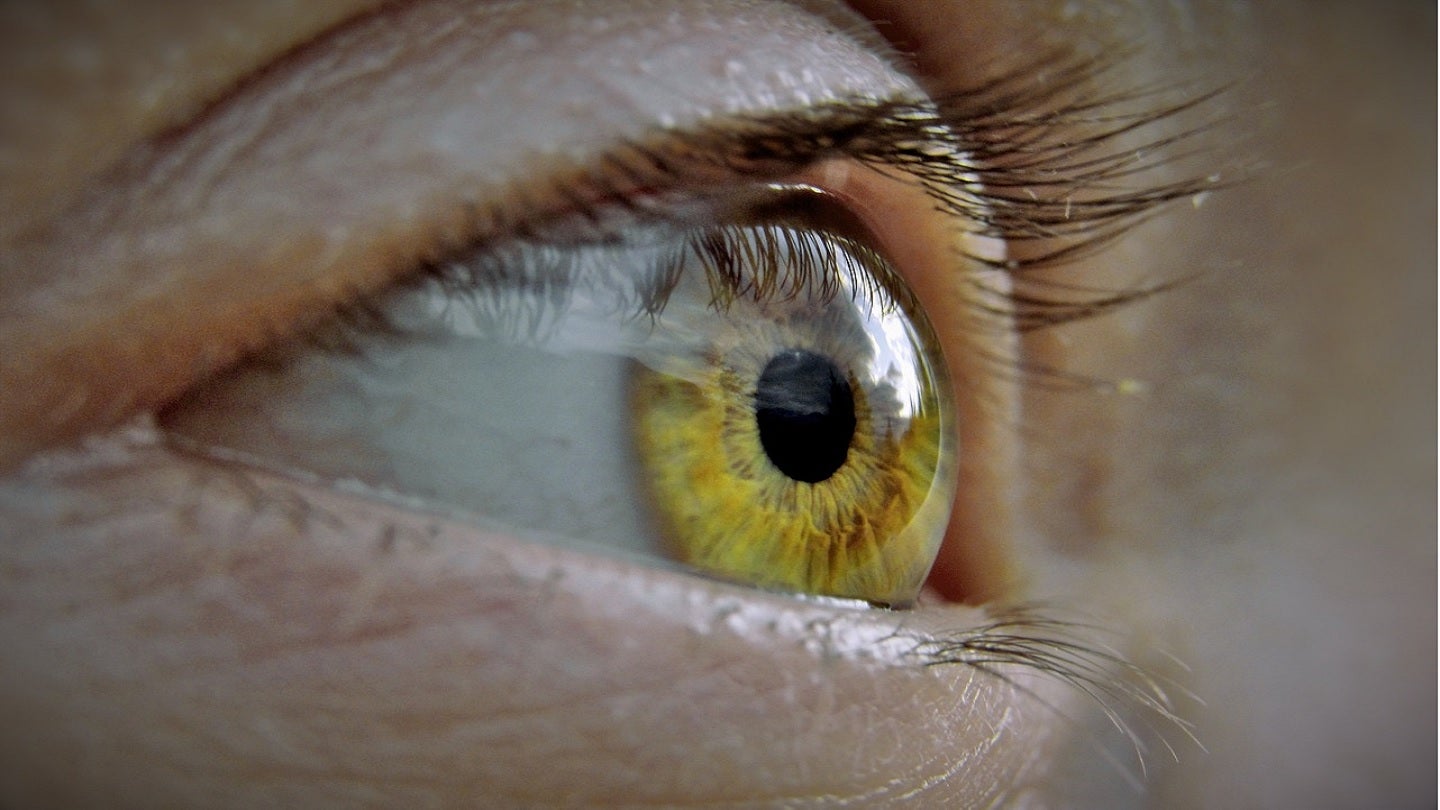
Bioelectronics company Pixium Vision has received breakthrough device designation from the US Food and Drug Administration (FDA) for its Prima System, a sub-retinal miniature photovoltaic wireless implant, which is in the clinical testing phase.
A photovoltaic substitute for photoreceptors, the Prima System is being developed to partially restore the vision of human patients living with atrophic dry age-related macular degeneration (AMD) condition.
The system enables the simultaneous use of the central prosthetic and peripheral natural vision implanted in patients.
Pixium Vision CEO Lloyd Diamond said: “To receive this breakthrough device designation and have the FDA recognise the therapeutic potential of our Prima System is a significant achievement for Pixium Vision, especially as only a small proportion of devices awarded the designation are intended to treat ophthalmologic conditions.
“Our Prima System is making great progress in the clinic with a read-out on the primary endpoints due toward the end of this year.
“This designation not only helps us to expedite the development of the Prima System but also affords us the opportunity of working closely with the FDA in refining the Prima System for its US regulatory submission.”
How well do you really know your competitors?
Access the most comprehensive Company Profiles on the market, powered by GlobalData. Save hours of research. Gain competitive edge.

Thank you!
Your download email will arrive shortly
Not ready to buy yet? Download a free sample
We are confident about the unique quality of our Company Profiles. However, we want you to make the most beneficial decision for your business, so we offer a free sample that you can download by submitting the below form
By GlobalDataLast December, the company concluded the implantation of the Prima System in patients participating in the European pivotal study, named PRIMAvera.
The company plans to report the trial’s primary endpoints at the end of the year, ahead of the planned regulatory submission in Europe in the first half of next year.
PRIMAvera’s primary efficacy endpoint is the proportion of subjects with an improvement of visual acuity of logMAR 0.2 or more from baseline after one year. Meanwhile, the primary safety endpoint is defined as the number and severity of device and procedure-related serious adverse events during a 12-month follow-up.
The study will have a three-year follow-up period, with an evaluation of the primary endpoints planned to be conducted 12 months after implantation.
The design of the study is based on the positive data captured from a French feasibility study, which demonstrated the Prima System’s ability to enhance visual acuity in patients with dry AMD.






